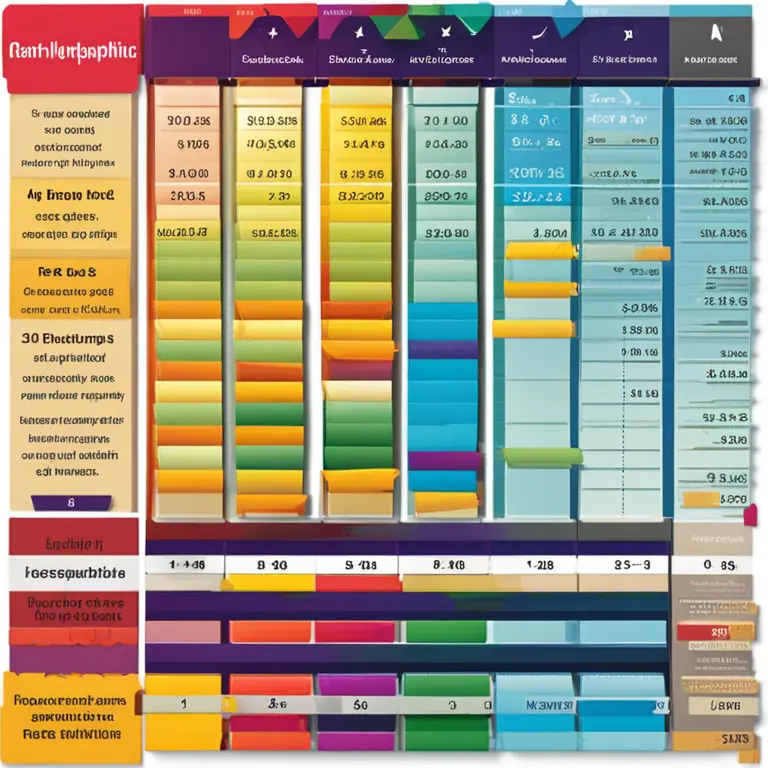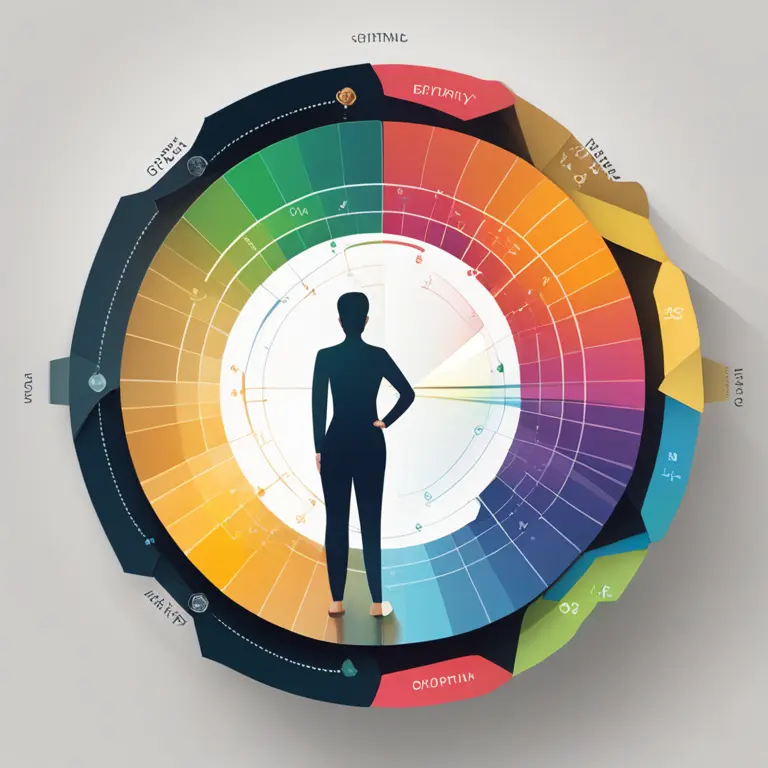
The Science of Biorhythm Calculations
Delve into the methodology behind biorhythm calculations and discover the intricacies of this unique personal rhythm mapping.
article by Adrian Wallace
Biorhythms: A Brief Overview
The concept of biorhythms is a fascinating aspect of understanding human potential and well-being. The theory posits that our lives are influenced by natural physiological cycles that affect our physical, emotional, and intellectual faculties. The idea emerged in the late 19th century and has since made a nuanced journey through the corridors of holistic wellness. Calculating biorhythms involves charting these cycles to predict the phases of high and low capabilities within an individual. While the methodology might not have empirical backing from the scientific community, it continues to intrigue those seeking personalized insights into their daily performances and predispositions.

Physical, Emotional, and Intellectual Cycles
Biorhythms are traditionally plotted along three primary cycles: the 23-day physical cycle, the 28-day emotional cycle, and the 33-day intellectual cycle. Each of these cycles oscillates between positive and negative phases, wherein a positive phase indicates a time of heightened abilities, and a negative phase suggests a period of reduced capabilities. The physical cycle governs energy levels, strength, and coordination. The emotional cycle influences mood, creativity, and perception. Lastly, the intellectual cycle covers mental acuity, analytical functions, and memory. Understanding how these overlap provides a complex portrait of an individual's potential highs and lows at any given time.

Starting Point: Birth as the Baseline
The process of calculating biorhythms begins with the date of birth, which acts as the baseline for all further calculations. These cycles are believed to start at zero and move upward into the positive phase, then cross back through zero into a negative phase, and finally return to zero, completing the cycle. The day an individual is born is, therefore, critical, as it is considered the starting point from which all personal cycles are measured.

Crunching the Numbers: Biorhythm Calculations
To calculate one's biorhythms, the number of days since birth is determined and then divided by the duration of each cycle—23, 28, or 33 days. The remainder of this division indicates where within the cycle one currently stands. Modern advancements, such as biorhythmic software and apps developed with complex algorithms, have greatly simplified this process. These digital solutions allow for biorhythmic monitoring at the touch of a button, providing detailed individual biometric analyses and predictions powered by the latest methodologies in cycle charting.

Graphing the Cycles: Visual Interpretation
Once calculated, the cycles are often represented in a graphical form, typically with the physical, emotional, and intellectual cycles each being plotted on a two-dimensional graph against time. The horizontal axis represents time (dates), and the vertical axis measures the biorhythmic values, with the midpoint of the graph representing the 'zero' point where a cycle transitions from high to low, or vice versa. Upward curves through a positive phase and downward curves through a negative phase provide a clear visual representation of the oscillating rhythms.
The Critical Days: Points of Transition
One of the focal points of biorhythms is the concept of 'critical days,' the transitional days when a cycle crosses zero. It is on these days that individuals may feel more unstable or out of sync, as they are transitioning from one phase to another. This notion is especially emphasized in biorhythmic theory, postulating that awareness of these critical days can lead to better physical and emotional management.
Limitations and Considerations
While biorhythm calculations provide interesting insights, it's essential to acknowledge the scepticism from the scientific community. Biorhythms should be regarded as one of many tools for self-exploration rather than scientifically verified indicators. As with any personalized data interpretation, it is crucial to consider the potential psychological effects of attributing too much significance to these predictions. The field of biorhythms continues to evolve, with new research methodologies and technology further defining its relevance and application in the contemporary wellness landscape.
Published: 1/30/2024
Modified: 1/30/2024
More predictions
Come back here soon to learn more about yourself and your future


The Rhythms Within Science: A Guide to Biorhythms
Delve into the science of biorhythms to grasp how the physiological cycles influence our lives. This guide breaks down the complexity of biorhythmic patterns.


A Guide to Biorhythms Journey
Embark on a journey of self-discovery through the science of biorhythms to optimize your life's potential.


Unlocking The Biorhythms Guide
Delve into the fascinating world of biorhythms to learn how they influence your physical, emotional, and intellectual states, potentially shaping your daily life and decisions.